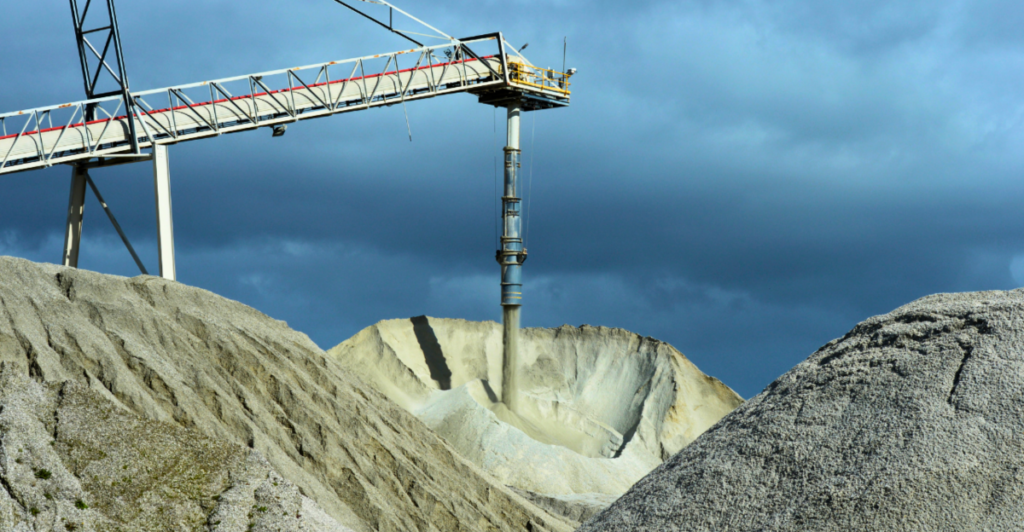
Deep below the McDermitt Caldera—an ancient supervolcano straddling Nevada and Oregon—lies a lithium deposit that could rewrite the rules of global energy. Scientists estimate it could be worth over $400 billion, easily outpacing current top producers like Chile and Bolivia.
On paper, it’s a green dream. This deposit could help the U.S. power millions of electric vehicles, reduce dependence on foreign minerals, and turbocharge the shift away from fossil fuels. But the closer you look, the messier it gets.
Drilling into a volcano for minerals sounds like the opening scene of a disaster movie, not a climate solution. Yet here we are, staring down an energy goldmine while environmentalists, Indigenous groups, and geologists throw up red flags.
McDermitt Caldera: A Prehistoric Powder Keg
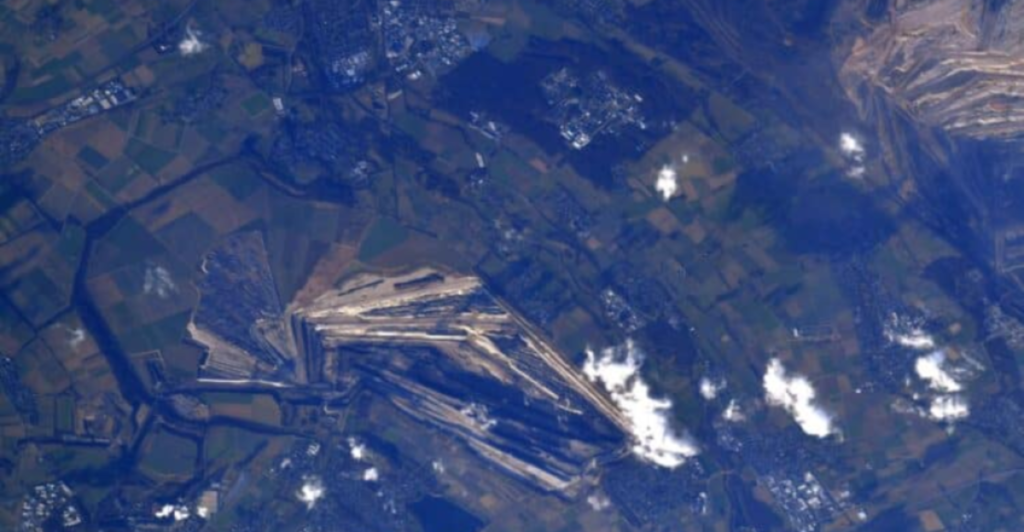
This supervolcano last erupted 16 million years ago, but it’s still holding onto secrets. Its unique geology turned it into a mineral-rich treasure chest, thanks to layers of volcanic ash and hydrothermal fluids that formed high-grade lithium in illite clay.
Most lithium today comes from brine ponds or hard rock mining. Illite clay could offer faster extraction and less evaporation, making this site both rare and technically exciting. The potential is huge, but so are the risks.
No one’s ever mined lithium at this scale from illite clay, which means we’re flying blind. The technology is experimental, and there are questions about how much environmental damage it could cause once scaled up.
The Green Revolution’s Dirty Little Secret
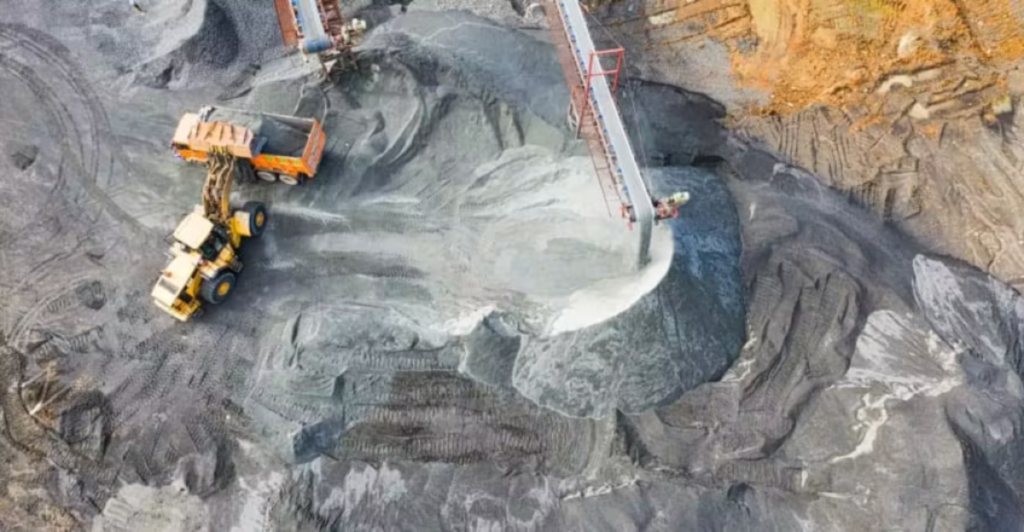
Electric vehicles are supposed to save the planet, right? But that comes with a dirty catch: lithium mining is far from clean. The process can drain water sources, destroy local ecosystems, and poison soil if done carelessly.
At McDermitt, the land is semi-arid, meaning water scarcity is already a problem. Add industrial-scale mining to the mix, and you’ve got a recipe for ecological chaos. This isn’t just a hole in the ground—it’s a wound waiting to happen.
The irony is brutal. To fight climate change, we’re about to sacrifice one of the most ecologically fragile places in North America. It’s environmental whack-a-mole, and the stakes are sky-high.
Thacker Pass: Where Profits Clash with Prayer

Right in the heart of the caldera lies Thacker Pass, known to Indigenous communities as Peehee Mu’huh. It’s not just land—it’s sacred ground. In 1865, it was the site of a massacre where dozens of Paiute were killed. That memory still burns.
To tribes like the Shoshone and Paiute, mining here isn’t just disruptive. It’s desecration. Lawsuits have already been filed, protests staged, and tensions remain high between mining companies and Native leaders.
Cultural heritage shouldn’t be a casualty of the energy race. You can’t slap a sustainability label on a project that bulldozes sacred sites. If we’re serious about justice, it has to include Indigenous land rights too.
Fast-Tracked Permits, Slower Accountability
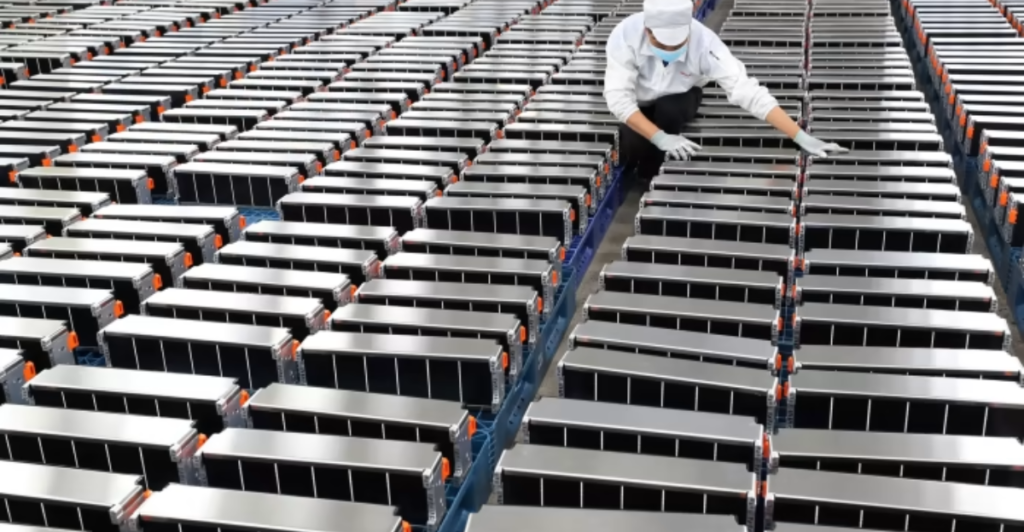
The U.S. government has classified lithium as critical to national security, which means projects like this get fast-tracked for approval. Translation: less red tape, fewer environmental reviews, and way less time for public pushback.
On one hand, it’s a race. China dominates the global lithium market, and the U.S. wants in. But when you speed past safeguards, mistakes get made. Some critics argue this is just greenwashing in a rush suit.
Fast doesn’t always mean smart. Pushing billion-dollar projects without fully understanding the environmental or cultural fallout is a recipe for long-term regret. Especially when the land isn’t yours to begin with.
Indigenous Resistance Isn’t Going Quietly

If mining execs thought this would be a quiet land grab, they miscalculated. Indigenous groups have rallied, launched lawsuits, and built protest camps in the desert heat. They’re not backing down.
These aren’t just symbolic gestures. Tribal leaders argue that they were cut out of the consultation process entirely. Some say they weren’t even notified before permits were issued. It’s a slap in the face from a country that claims to honor treaties.
The fight at Thacker Pass has become a flashpoint for Indigenous rights in the climate era. You can’t preach justice while paving over history. The message is clear: protect the land, or prepare for battle.
Extracting Lithium from Illite: Not So Simple
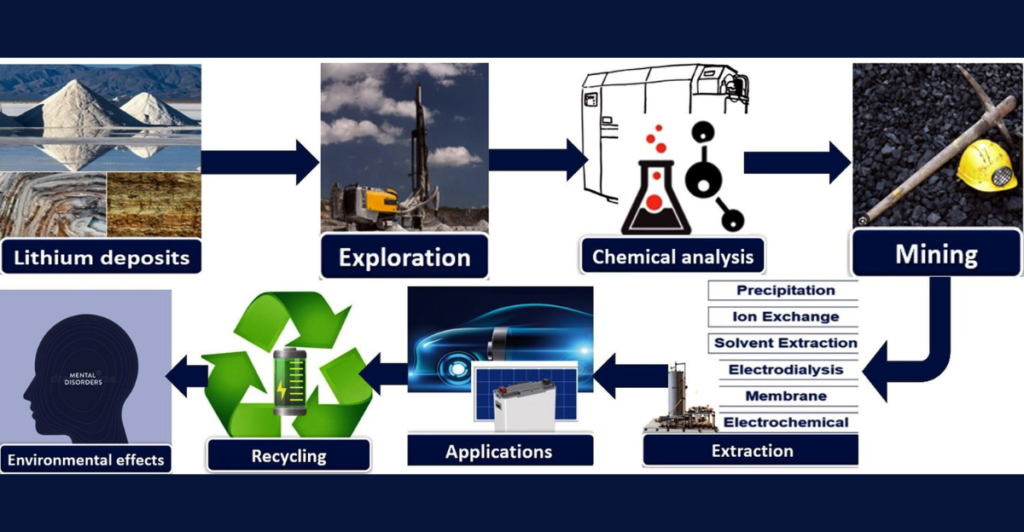
This isn’t your average lithium site. Illite clay might be rich in lithium, but getting it out is a technical nightmare. The process involves acid leaching, high temperatures, and potentially toxic byproducts.
Researchers are scrambling to figure out how to do it cleanly and efficiently. So far, no one has cracked the code at commercial scale. If we mess this up, we risk turning a fragile caldera into a giant chemical experiment gone wrong.
Innovation is great, but unproven methods paired with high-pressure deadlines rarely end well. Especially when what’s on the line is both the environment and our shot at a greener future.
Big Promises, Bigger Red Flags
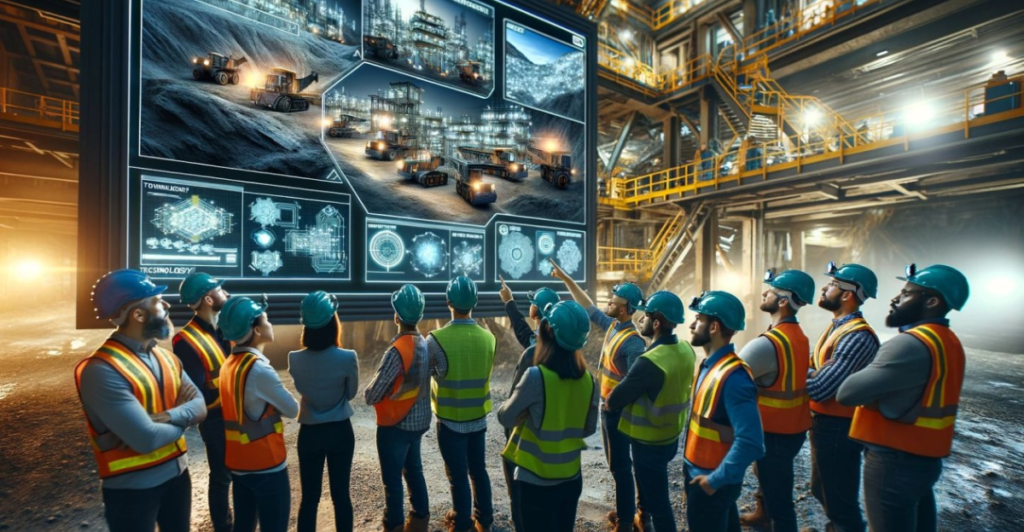
Mining companies are dangling jobs, economic growth, and energy independence as bait. And sure, rural communities need support. But history tells us that boomtown promises often turn into ghost town regrets.
Environmental impact statements can be vague. Safety plans aren’t always enforced. And once the money dries up, guess who’s left cleaning the mess? Spoiler: it won’t be the corporations.
There’s nothing wrong with ambition. But when the cost includes sacred land, fragile ecosystems, and a ton of unanswered questions, it’s fair to ask: are we solving one crisis by creating three more?
A Global Shake-Up in the Making
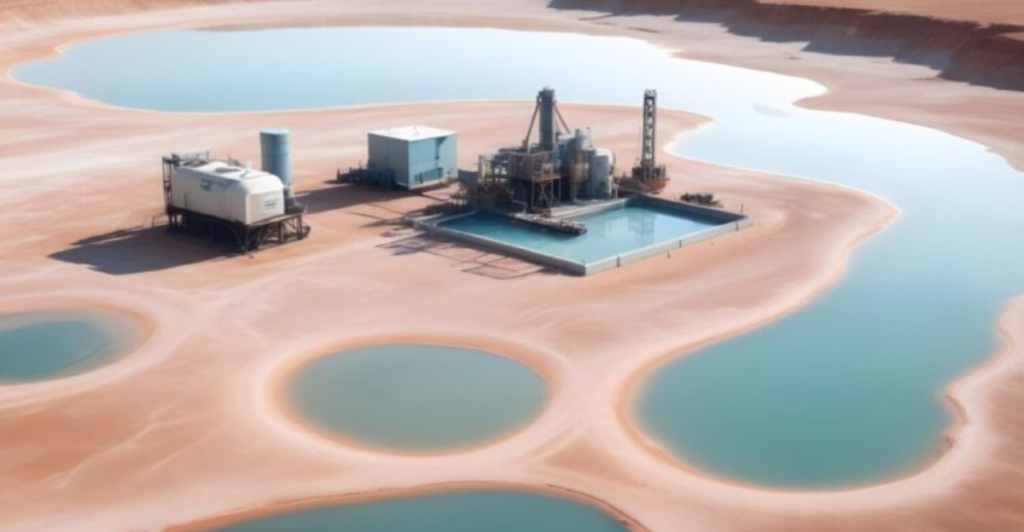
If fully tapped, this deposit could turn the U.S. into a lithium superpower overnight. That would shake up global supply chains and reduce reliance on countries like China, Chile, and Australia.
It could also trigger new trade battles, market shifts, and political maneuvering. Lithium isn’t just a metal—it’s a power move. Whoever controls it gets a say in the future of transportation, tech, and energy.
But with great power comes great responsibility. If the U.S. takes the lead, it’ll also have to set the standard. That means sustainable practices, ethical sourcing, and actually listening to the people most impacted.
The Real Cost of Going Green
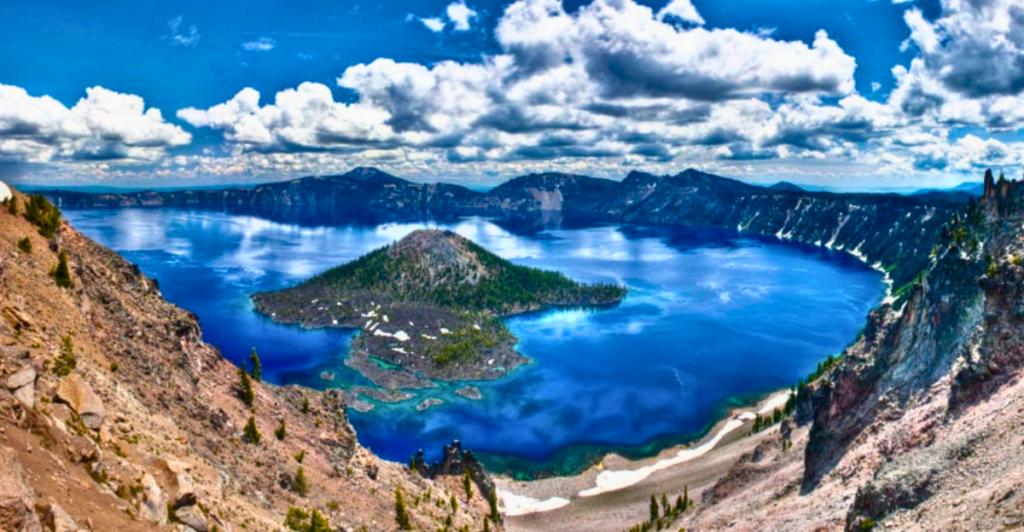
There’s no question we need lithium. But the way we get it matters. McDermitt Caldera is a test—of how far we’re willing to go for clean energy, and what we’re willing to sacrifice along the way.
It’s easy to say “save the planet” until the solution involves poisoning water, ignoring Indigenous voices, and drilling through sacred land. If our green future is built on exploitation, is it really sustainable?
This isn’t just a mining story. It’s a mirror held up to our values. If we want clean energy without dirty secrets, we better start demanding better—before this supervolcano explodes in more ways than one.
Explore more of our trending stories and hit Follow to keep them coming to your feed!

Don’t miss out on more stories like this! Hit the Follow button at the top of this article to stay updated with the latest news. Share your thoughts in the comments—we’d love to hear from you!







